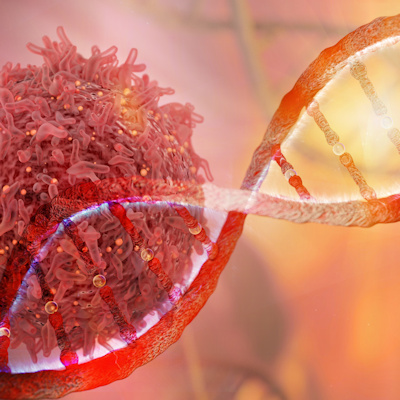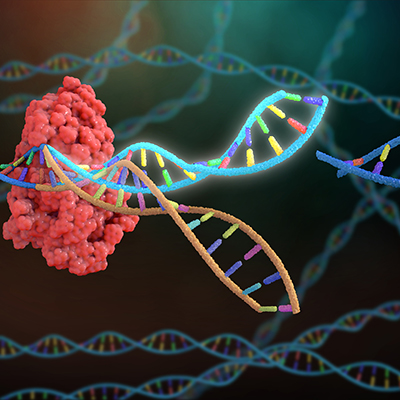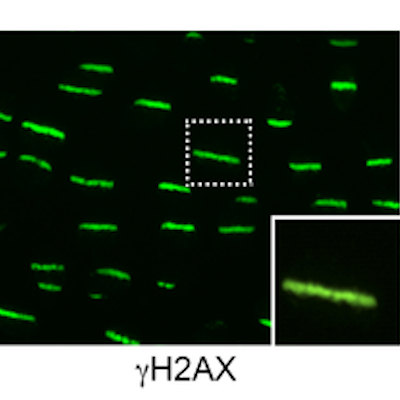January 26, 2023 -- Researchers have designed an artificial intelligence (AI) program that may enable the production of customizable proteins called zinc fingers to treat diseases by turning genes on and off. The research published on January 26 in Nature Biotechnology may accelerate large-scale gene therapy development.
Illnesses including cystic fibrosis, Tay-Sachs disease, and sickle cell anemia are caused by errors in the order of the DNA letters that encode operating instructions for every human cell. In some cases, scientists can correct these mistakes with gene-editing methods that rearrange these letters. Other conditions are caused by the cellular machinery's misreading of DNA codes.
A gene providing the recipe for a particular protein often partners with transcription factors that tell the cell how much of that protein to make. When this process goes awry, over- or underactive genes contribute to diabetes, cancer, and neurological disorders.
Zinc-finger editing can help restore normal epigenetic activity. Among the most abundant human protein structures, zinc fingers can guide DNA repair by grabbing scissor-like enzymes and directing them to cut faulty segments from the code. Similarly, zinc fingers can hook onto transcription factors and pull them toward a gene segment needing regulation. By customizing these instructions, genetic engineers can tailor gene activities.
However, because researchers need to be able to tell -- out of countless possible combinations -- how every zinc finger interacts with its neighbor for each desired genetic change, zinc fingers are challenging to design for specific tasks. The new technology outlined in the study, ZFDesign, overcomes this obstacle by using AI to model and design these interactions. The model is based on data generated by screening nearly 50 billion possible zinc finger-DNA interactions.
Zinc-finger editing also offers a potentially safer alternative to the gene-editing technology CRISPR. Unlike human-derived zinc fingers, CRISPR uses bacterial proteins to interact with genetic code. These "foreign" proteins could trigger patients' immune systems to attack them like any infection, leading to dangerous inflammation. Zinc-finger tools' small size may also provide more flexible gene therapy techniques.
To test the AI design code, the research team used a customized zinc finger to disrupt the coding sequence of a human gene. They also built zinc fingers that successfully reprogrammed transcription factors to bind near a target gene sequence and turn its expression up or down, demonstrating the technology's use for epigenetic changes. However, because zinc fingers are not specific to a single gene, some combinations can lead to unintended genetic code changes. Hence, the team plans to refine its AI program to build more precise zinc-finger groupings that only prompt desired edits.
"By speeding up zinc finger design, coupled with their smaller size, our system paves the way for using these proteins to control multiple genes at the same time," said senior author Marcus Noyes, PhD, in a statement. "This approach may help correct diseases that have multiple genetic causes, such as heart disease, obesity, and many cases of autism."
Noyes is a co-founder of TBG Therapeutics, a company that develops methods to design zinc fingers and apply them to disease treatments. He is also a member of NYU Langone which has patents pending for these tools from which both Noyes and NYU Langone may benefit financially.
Copyright © 2023 scienceboard.net











